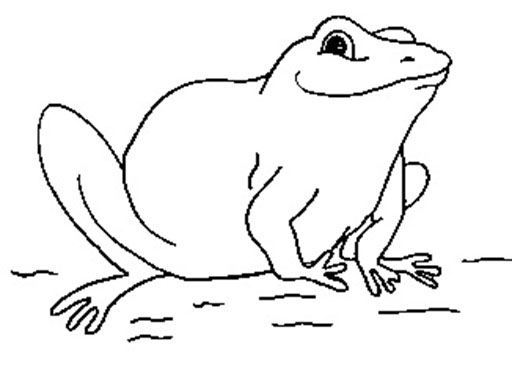2 Using stories in the classroom
Listening to stories exposes children to new vocabulary, phrases and language structures, thereby expanding their communicative abilities in speech and writing. As your students listen to stories and are given the opportunity to tell stories themselves, their language skills will improve.

Activity 1: Three stories
Read the three stories in Resource 2: ‘The Wide-mouthed Frog’, ‘An Old Tiger and a Greedy Traveller’ and ‘A Tale from Persia’. Each corresponds to a different type of story.
Here are three descriptions. Can you match the correct story with each one?
- One story is repetitive and humorous. It is especially good for language and literacy development. It refers to the gestures that the teller can use, while students join in by repeating the phrases and miming.
- One story is a traditional tale, with a strong moral message.
- One story is also a traditional tale that includes mathematical concepts such as addition and division, together with odd and even numbers.
Select one or more of the stories. Practise reading it aloud to your family or colleagues. Then try telling it in your own words, without the text for support. Feel free to change parts of the story. It does not need to be told exactly as it is written. Where appropriate, make up some gestures to accompany the story.
The next activity shows you how to plan a storytelling session for your class. You can use one of the stories that you have read in Activity 1 or you can choose another story that you enjoy and can tell confidently.
Activity 2: Planning a storytelling lesson
Select a story that is suitable for your class. You might choose a familiar folk tale, adapt a story from the textbook, or recount an interesting incident that you or someone else has experienced.
This example uses the story of ‘The Wide-mouthed Frog’ in Resource 2, but you may use a different story and adapt the plan accordingly.

- Learn the story well and practise telling it without the text, using different voices, expressions and gestures for each character.
- Identify the key words and expressions in the story (e.g. frog, goat, bear, wide mouth, mother, milk, seeds, insects). Draw pictures or find objects to illustrate the key words. These illustrations and props will also help you to remember the story as you tell it.
- Gather your students around you. Ask them some introductory questions, such as:
- ‘Do you know what a frog is? What does it look like?’
- ‘What noise does it make?’
- ‘How does it move? Can you show me?’
- ‘Do you know what frogs like to eat?’
- Talk about the other animals in the story and ask questions about them.
- Use the students’ home languages to help them understand your questions and any new words or expressions, as required.
- Explain that the story you are going to tell them is about a frog who has a very wide mouth. Demonstrate a wide mouth.
- Tell the story, using appropriate voices for the different characters, varying the volume for effect (by shouting or whispering, for example), employing gestures, and showing your students any props or pictures to accompany it.
- Pause every so often to ask your students questions. These could include:
- What do you think Mother Bird feeds her babies?’
- ‘Who do you think she is going to meet now?’ (Show them a picture of the answer if you have one.)
- Discuss the ending of the story with the whole class. Ask questions such as:
- ‘Why was the frog afraid?’
- ‘How did the frog answer the bear? Why?’
- ‘What do you think the frog did next?’
- Reflect on how the lesson went, making notes as you do so. What worked well? What would you improve next time? Were all the students engaged? If some did not seem to understand, what might be the reasons for this? Did all of them have the chance to respond and talk about the story? Evaluating the lesson in this way will inform you as to how your students are developing their language and listening skills, while also helping you to improve your storytelling techniques.
- Be sure to make eye contact with all your students – whether they are sitting close to you or further away – as you tell the story.
Storytelling can prompt a number of student activities beyond listening. Students can be asked to note down all the colours or numbers mentioned in the story, illustrate it in groups, change the ending, compare two characters, or discuss the issues it raises.
They can be divided into groups and given pictures or props to retell the story from another perspective, or they could take the parts of the characters and do a role play together.
Older students can be invited to analyse a more complex story, debate scientific explanations for particular phenomena, distinguish fact from fiction, or solve any associated mathematical problems.
1 Why use storytelling?
